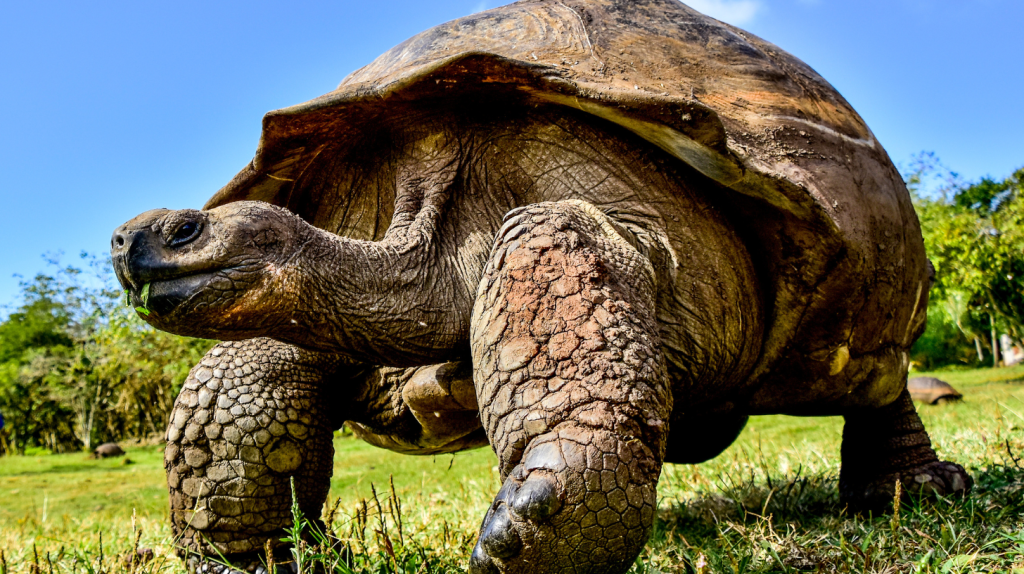The Galapagos Islands are a natural wonder that I’d genuinely love to explore one day. This archipelago of volcanic islands in the Pacific Ocean is home to some of the most unique and diverse wildlife and plant life on the planet. Made famous by Charles Darwin’s groundbreaking work on evolution, the Galapagos is a bucketlist destination for animal-loving travelers and eco-tourists. From giant tortoises to marine iguanas, this archipelago is home to a huge number of rare and fascinating creatures.
A Volcanic Birthplace
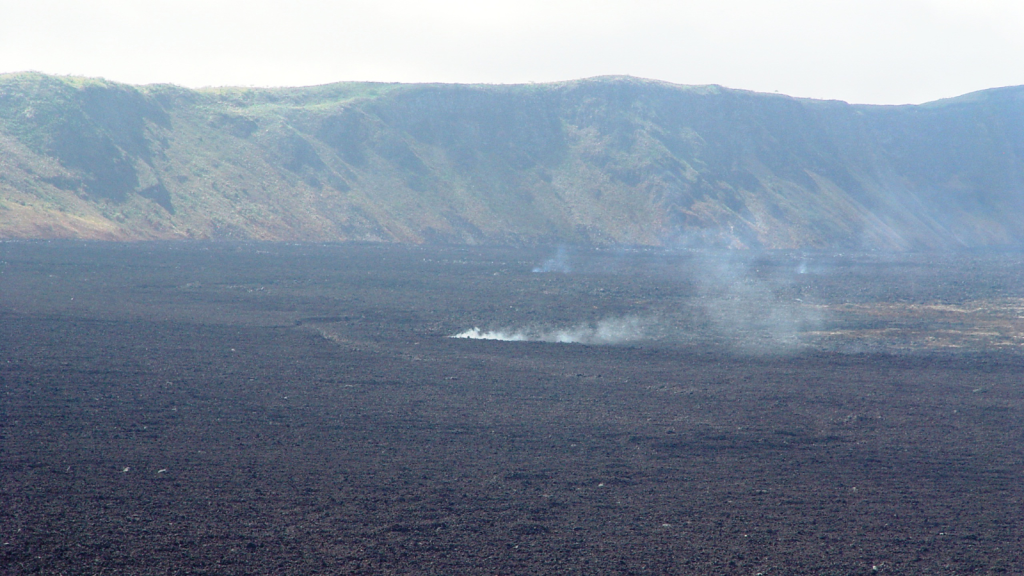
The Galapagos Islands were formed by volcanic activity millions of years ago. The islands sit on top of a hotspot where the Earth’s crust is thin, allowing magma to push through and create new land. This process is ongoing, with the youngest islands still being formed today. The volcanic nature of the islands has shaped their unique landscapes and ecosystems.
Darwin’s Living Laboratory

Charles Darwin’s visit to the Galapagos in 1835 played a crucial role in the development of his theory of evolution. The islands’ unique species, particularly the finches, inspired Darwin’s ideas about natural selection. Today, the Galapagos continue to be a living laboratory for scientists studying evolution and adaptation.
A Protected Paradise
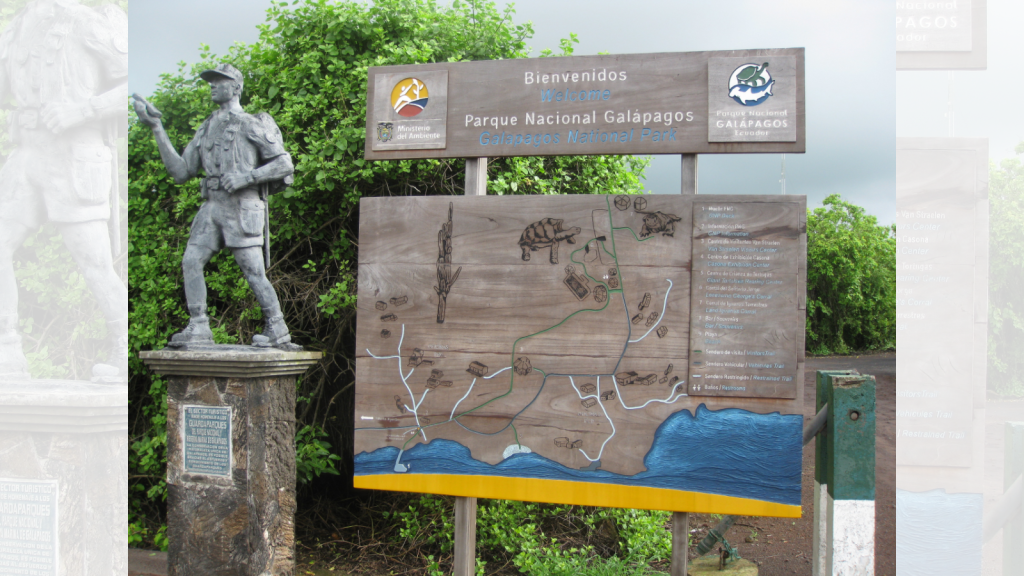
The Galapagos Islands are fiercely protected, with 97% of the land area designated as a national park. The surrounding waters are also a marine reserve, ensuring that both the terrestrial and aquatic ecosystems are preserved. This level of protection helps maintain the islands’ unique biodiversity and natural beauty for future generations.
Home to Giant Tortoises
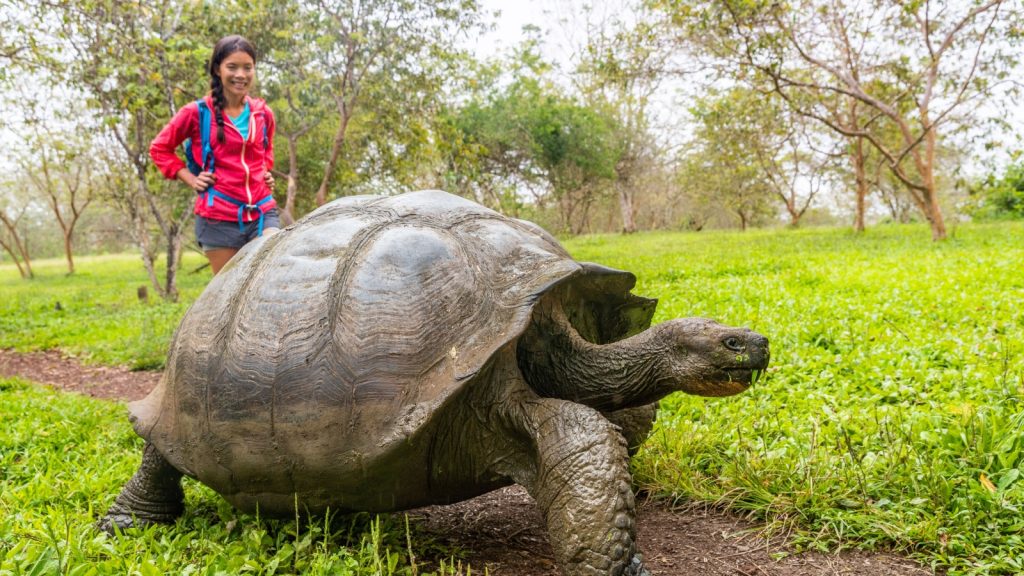
The Galapagos are famous for their giant tortoises, which can live for over 100 years. These gentle giants can weigh up to 919 pounds (417 kg) and are found nowhere else on Earth. Sadly, some species of Galapagos tortoise have gone extinct, but conservation efforts are helping to protect the remaining populations.
Marine Iguanas: The Only Seagoing Lizards
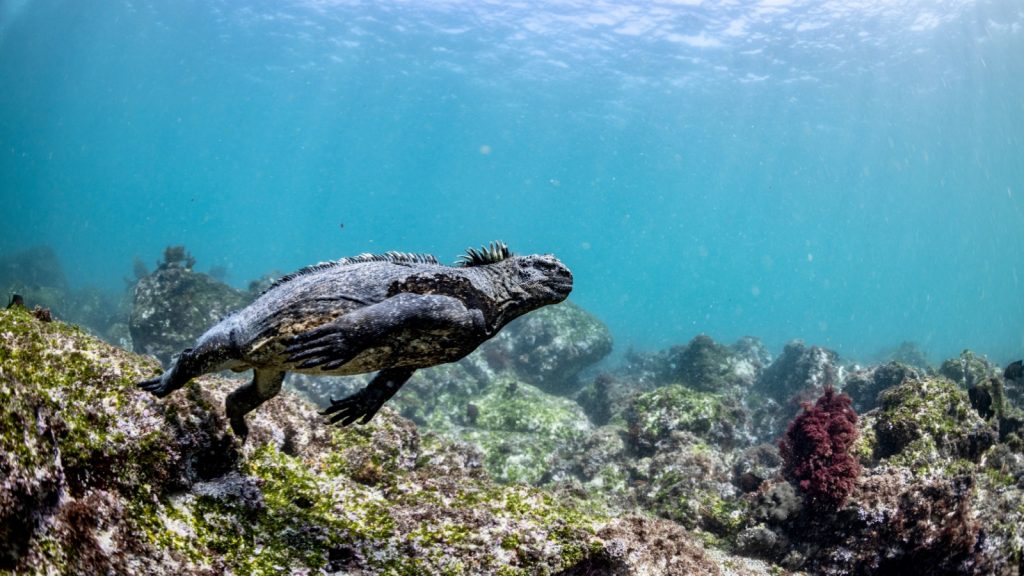
The Galapagos marine iguana is the only lizard in the world that can live and forage in the sea. These unique creatures have adapted to swim in the ocean and feed on algae growing on underwater rocks. Marine iguanas can dive up to 65 feet (20 meters) deep and stay underwater for up to an hour.
A Meeting of Ocean Currents

The Galapagos Islands sit at the confluence of several major ocean currents, creating a unique marine environment. Cold currents from the south mix with warm currents from the north, supporting an incredible diversity of marine life. This mix of currents also influences the islands’ climate and contributes to their unique ecosystems.
Flightless Cormorants
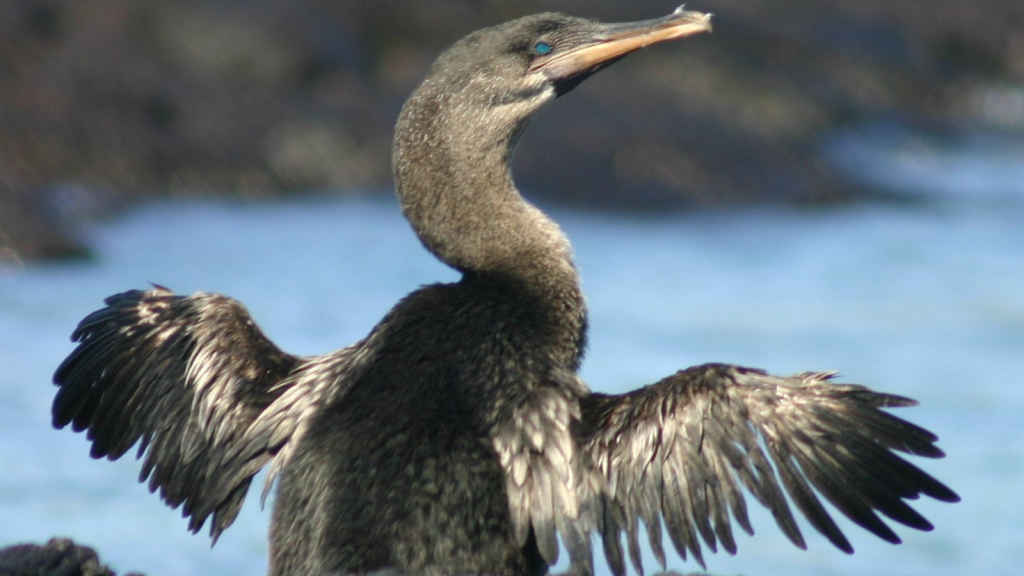
The Galapagos flightless cormorant is the only cormorant in the world that can’t fly. Over time, these birds have lost their ability to fly due to the lack of land predators on the islands. Instead, they’ve developed powerful legs and feet for swimming and diving, allowing them to catch fish in the surrounding waters.
Prehistoric-Looking Land Iguanas
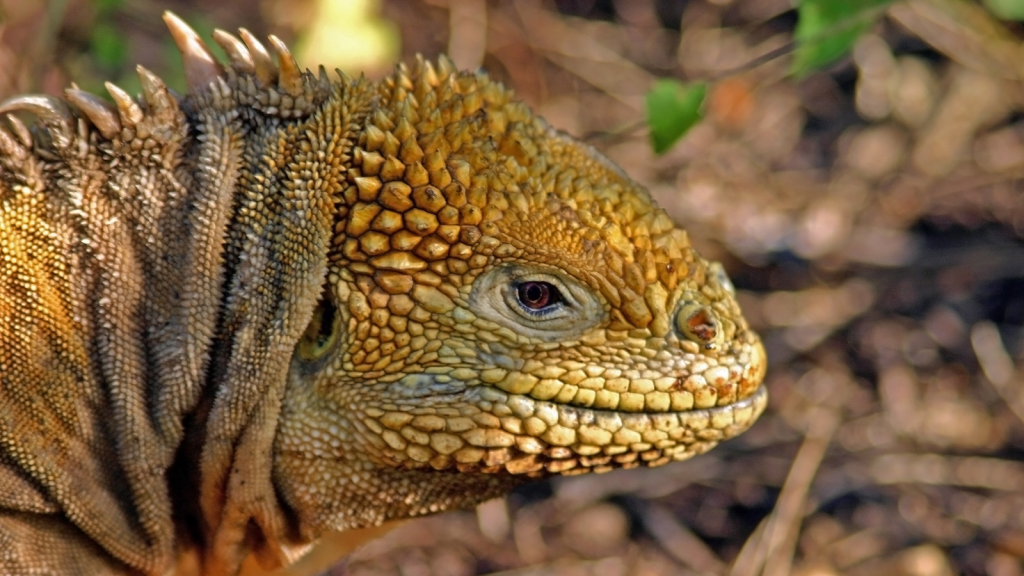
Land iguanas on the Galapagos Islands look like miniature dinosaurs. These large, yellow-orange lizards can grow up to 5 feet (1.5 meters) long and live for several decades. They play an important role in the island ecosystems by dispersing seeds and maintaining plant populations.
Unique Plant Life
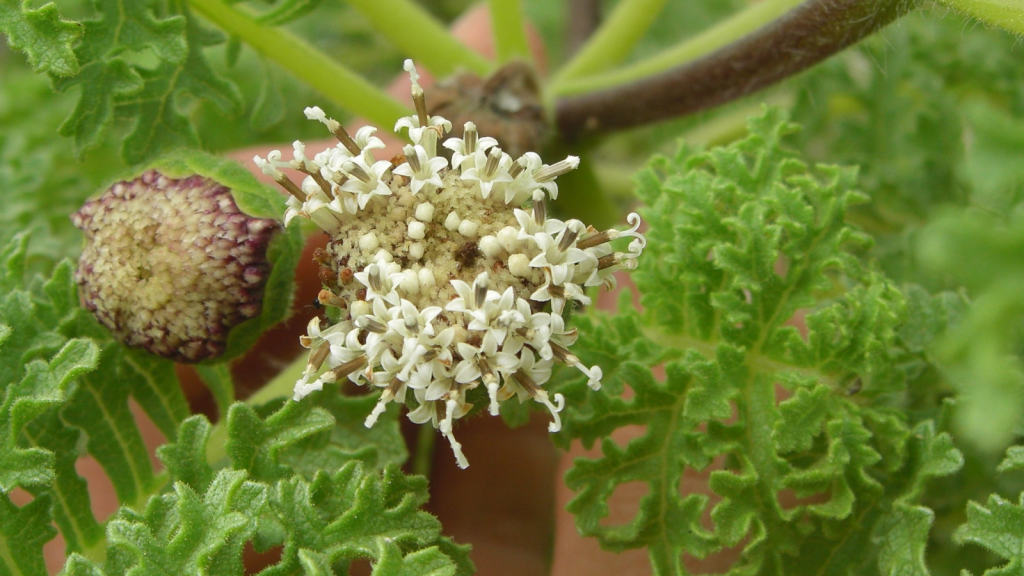
The Galapagos Islands are home to many plant species found nowhere else on Earth. One notable example is the Scalesia, often called the “Darwin’s finches of the plant world” due to its remarkable adaptations. These plants have evolved into various forms to survive in different island environments, from small shrubs to large trees.
A World Heritage Site
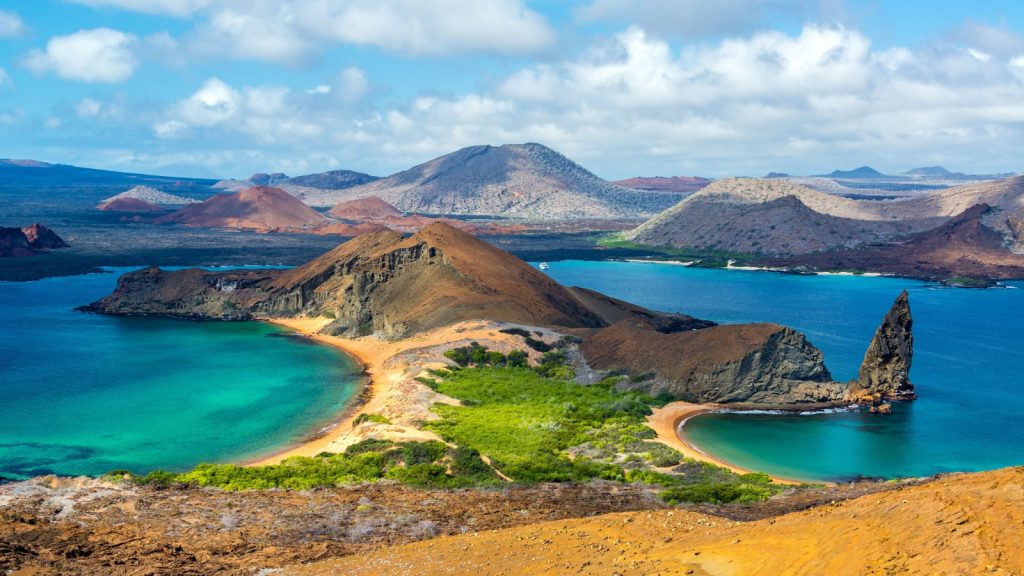
UNESCO declared the Galapagos Islands a World Heritage Site in 1978, recognizing their outstanding universal value. This designation highlights the islands’ importance to global biodiversity and natural history. It also helps ensure international support for conservation efforts in the archipelago.
Penguins at the Equator
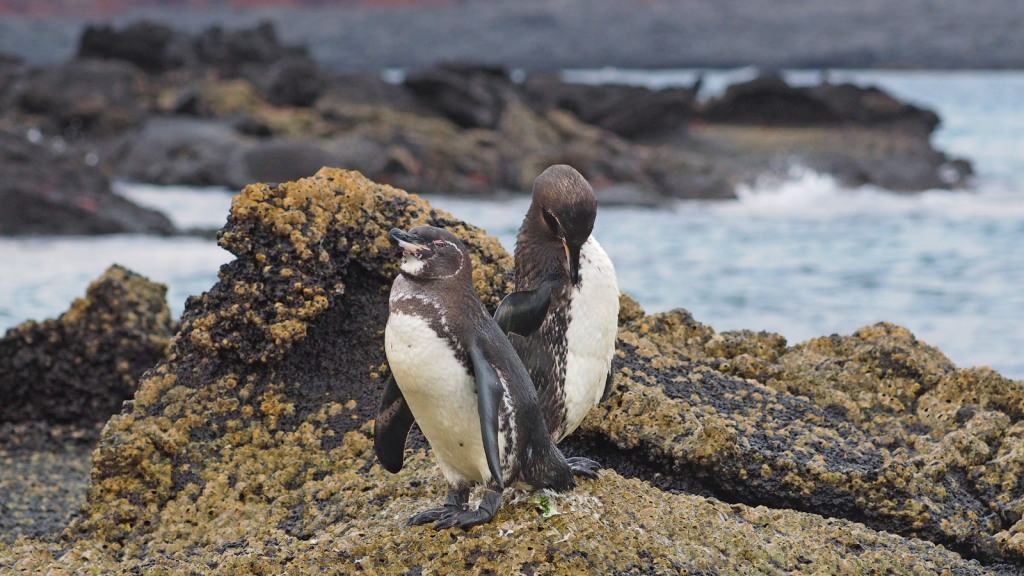
The Galapagos penguin is the only penguin species found north of the equator in the wild. These small penguins have adapted to the warm climate of the Galapagos thanks to the cool waters brought by the Humboldt Current. They’re the second smallest penguin species in the world and are considered endangered.
A Relatively Young Archipelago
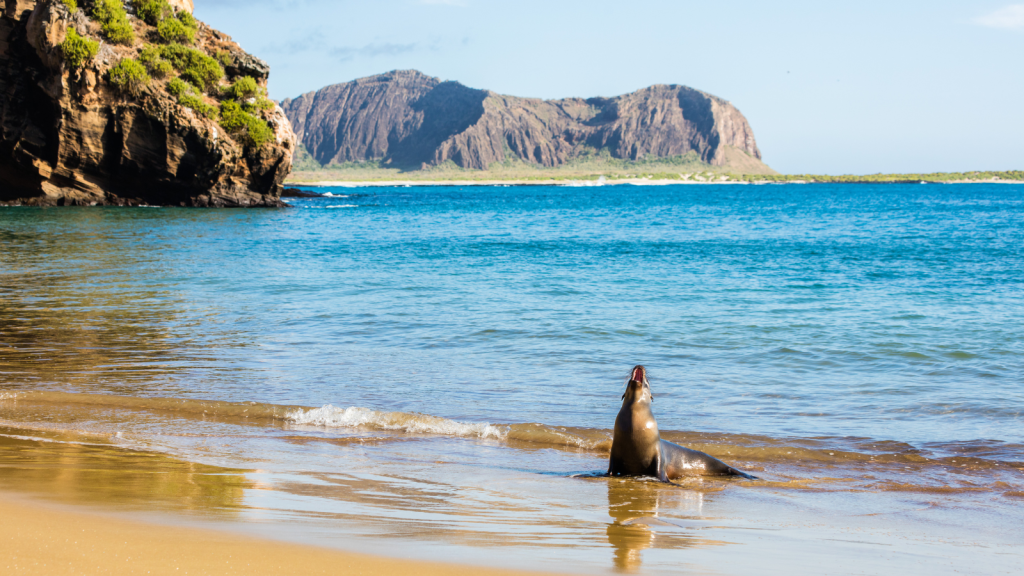
Despite their rich biodiversity, the Galapagos Islands are geologically young. The oldest island, Española, is estimated to be about 3.5 million years old, while the youngest, Fernandina, is less than 1 million years old. This relatively short time frame makes the islands’ diverse ecosystems even more remarkable.
Blue-Footed Boobies
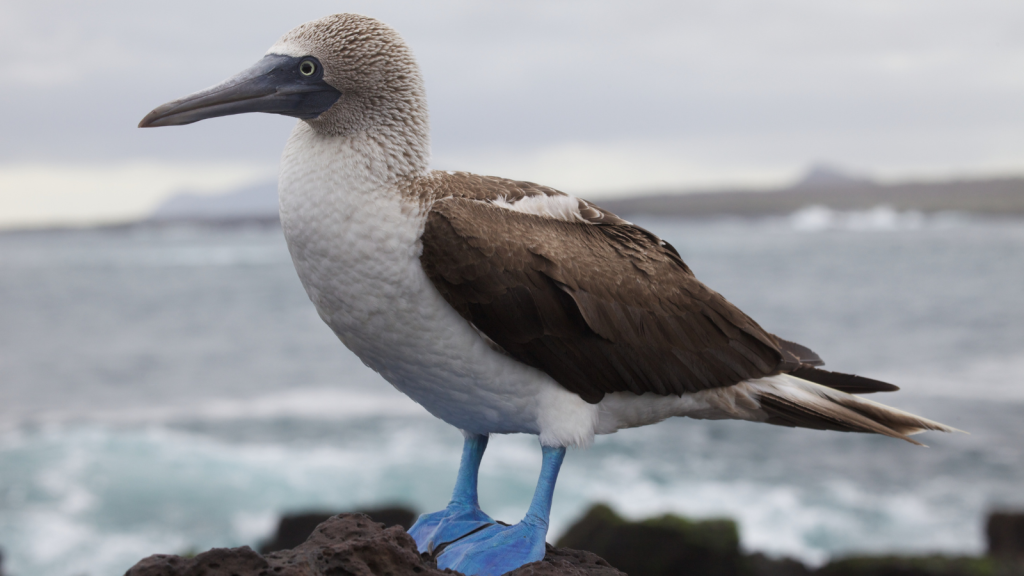
One of the most iconic and beloved birds of the Galapagos is the blue-footed booby. These seabirds are known for their bright blue feet, which play a crucial role in their mating rituals. The bluer the feet, the more attractive the bird is to potential mates.
A Growing Human Population

While the Galapagos are known for their unique wildlife, they also have a growing human population. Around 25,000 people live on the islands, primarily on Santa Cruz, San Cristobal, Isabela, and Floreana. Balancing human needs with conservation efforts is an ongoing challenge for the islands.
Lonesome George’s Legacy
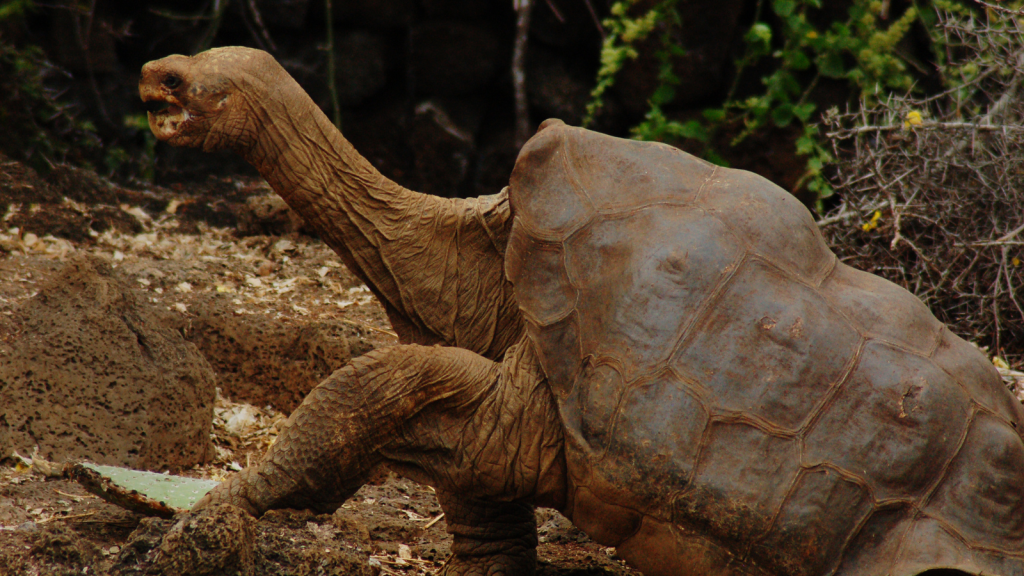
Lonesome George, the last known Pinta Island tortoise, became a symbol of conservation efforts in the Galapagos. His death in 2012 marked the extinction of his subspecies. However, George’s story has inspired increased efforts to protect the remaining Galapagos tortoise populations and restore their habitats.
12 Facts About the Adder, Britain’s Only Venomous Snake
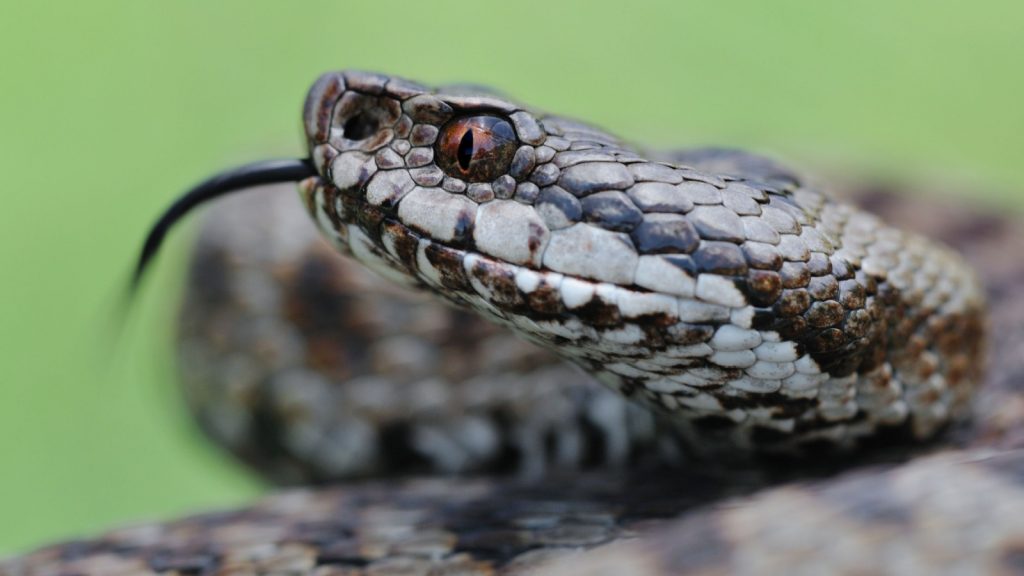
The adder, also known as the common viper, is Britain’s only venomous snake. While these fascinating creatures are often feared, they play an important role in the country’s ecosystems. Here are 12 scintillating facts about adders that will help you appreciate these misunderstood reptiles.
Read More: 12 Facts About the Adder, Britain’s Only Venomous Snake
Katy Willis is a writer, master herbalist, master gardener, and certified canine nutritionist who has been writing since 2002. She’s finds joy in learning new and interesting things, and finds history, science, and nature endlessly fascinating.
